When you notice unwelcome guests crawling, nesting, or scurrying in your home, one of the first questions that comes to mind is: how much should pest control cost? It’s a fair question—nobody wants to spend more than necessary, but most people also don’t want to cut corners when it comes to protecting their home.
Pest control prices can vary quite a bit depending on several key factors. While the idea of a flat fee sounds appealing, pest control isn’t a one-size-fits-all service. The price you pay will reflect the complexity of the problem, the size of the area being treated, and the frequency of service required.
Understanding these variables can help homeowners make informed decisions without falling into the trap of choosing based on price alone. If you’re asking yourself how much should pest control cost, the answer depends on your specific situation—but knowing what affects pricing can help you budget and evaluate your options more effectively.
Let’s take a closer look at what goes into pest control pricing, when to hire a professional, and how you can ensure you’re getting fair value for your investment. Let’s find out how much should pest control cost.
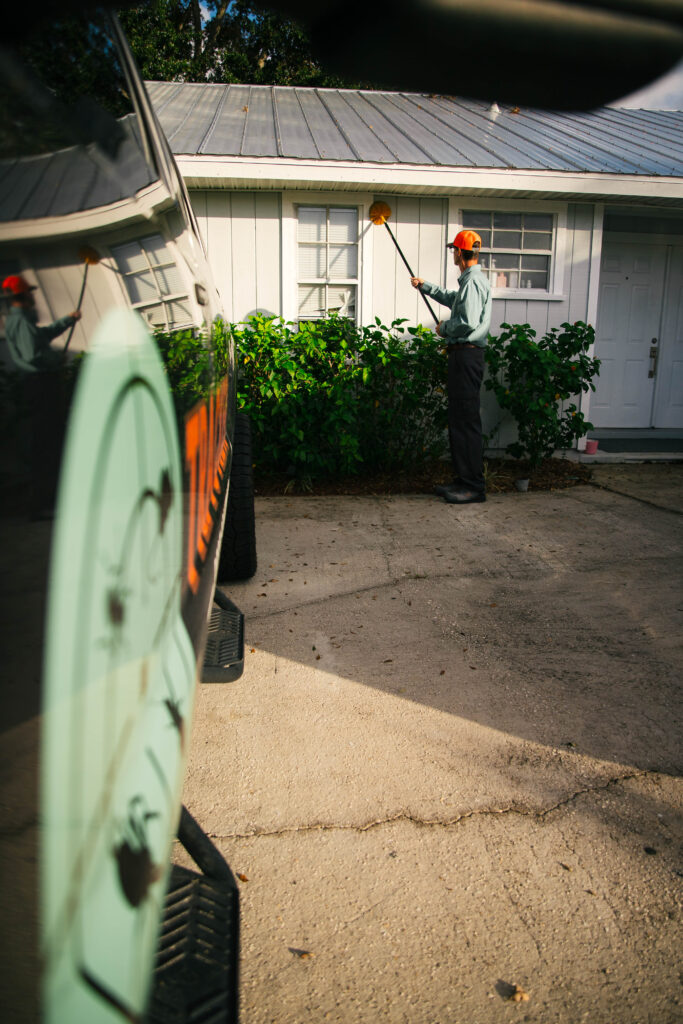
Why Pest Control Isn’t One-Size-Fits-All
Every pest issue has its own context and challenges. Treating a minor issue with sugar ants in the kitchen is vastly different from addressing an entrenched termite problem or handling a rodent infestation in a commercial warehouse. The species of pest, the environment, and the layout of your property all affect the strategy—and ultimately, the price.
For example, cockroaches tend to thrive in dark, moist areas and can be difficult to eradicate if the infestation has spread behind walls or beneath appliances. Bed bugs, on the other hand, require an entirely different treatment method that may involve high-heat procedures, vacuuming, and multiple follow-up visits.
Environmental factors also matter. Homes near wooded areas or bodies of water are often more prone to certain pests. The time of year also plays a role, as some pests are more active during spring and summer months.
A credible pest control company doesn’t rely on guesswork. They start with a detailed inspection, identify the exact pest species, evaluate entry points and nesting areas, and then recommend a treatment plan tailored to your home. This approach ensures long-term relief—not just a quick spray and temporary results.

Understanding the Range of Pest Control Costs
When looking into pest control pricing, you’ll often encounter two broad service categories: one-time treatments and ongoing pest control plans.
A one-time service might be appropriate for a specific issue, such as wasps building a nest near your porch or a small infestation of pantry beetles. Depending on the pest and property size, these services can range from $100 to $400 or more. However, keep in mind that one-time treatments may not always address the root of the problem, especially for persistent pests like ants, roaches, or rodents.
For larger or recurring pest problems, many homeowners opt for ongoing maintenance plans. These might involve quarterly, bi-monthly, or even monthly visits depending on the local environment and the types of pests being treated. Plans like these typically range from $35 to $100 per visit, with many companies offering discounts for annual commitments.
The size of your home or business can also significantly affect costs. A two-bedroom apartment will naturally require less product and time than a five-bedroom home with a detached garage. Likewise, multi-unit buildings or commercial spaces come with added complexity.
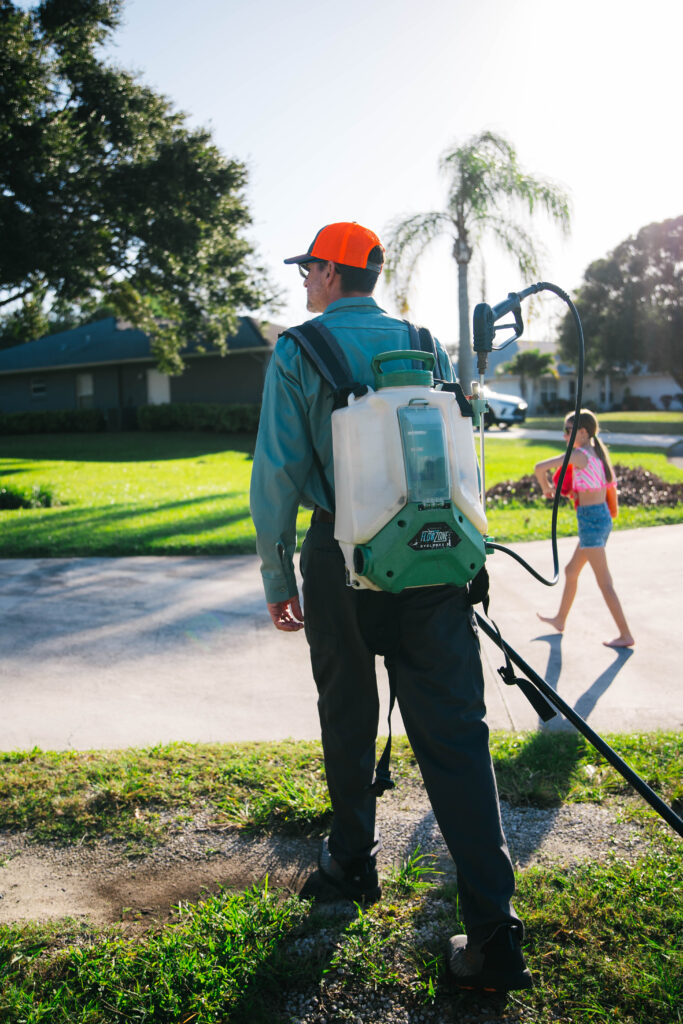
What Factors Drive Pest Control Prices?
If you’re trying to figure out how much should pest control cost in your area, it helps to understand the most common pricing influences:
1. Type of Pest
Some pests are easier to eliminate than others. A small issue with ants or spiders may only require a basic chemical application, while bed bugs, termites, and rodents demand much more attention, follow-up visits, and sometimes even structural treatment.
Termites, for instance, may require full-property barrier treatments or baiting systems, which can cost $500 to $2,500 depending on the size of the infestation. Rodents often need sealing entry points, setting traps, and long-term monitoring—costs that go well beyond the initial treatment.
2. Severity of the Infestation
A pest problem caught early will cost less to treat than one that’s been building for months. If insects have nested behind walls or rodents have created complex pathways through your attic or crawlspace, expect to pay more for thorough remediation.
3. Frequency of Visits
Preventative treatments tend to be more cost-effective over time. Regular inspections and treatments allow technicians to spot early warning signs and prevent large infestations from developing. On the flip side, emergency or reactive pest control tends to be more expensive, especially if multiple treatments are required.
4. Treatment Method
The cost of pest control also depends on the type of product or method used. Chemical sprays may be the most affordable, but more eco-conscious homeowners may prefer Integrated Pest Management (IPM) strategies or organic treatments. These tend to involve a mix of traps, exclusion techniques, and biological controls, which can come with a higher upfront cost but may provide more lasting results.
5. Company Experience and Credentials
You may find cheaper pest control services from new or inexperienced providers, but these often come without guarantees. Companies that invest in certified technicians, state-of-the-art equipment, and quality customer service may charge more—but they’re also more likely to stand behind their work and deliver safer, longer-lasting solutions.
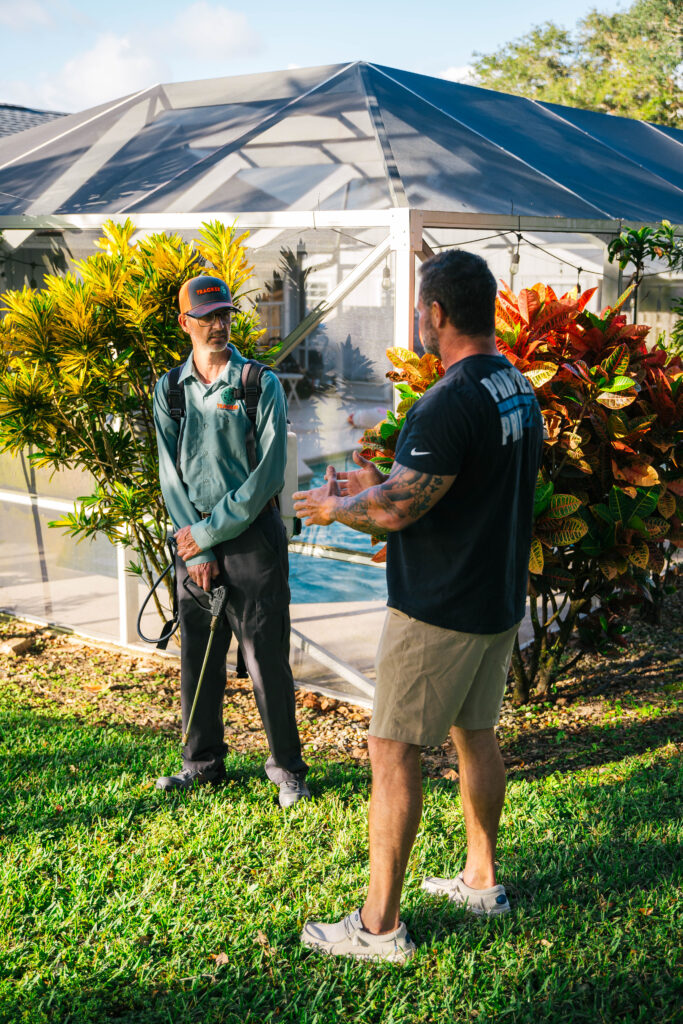
Is Paying More for Pest Control Worth It?
Pest control isn’t just about getting rid of bugs—it’s about maintaining a safe, clean, and comfortable home environment. While it’s tempting to go with the lowest price, it’s often more cost-effective in the long run to choose a company that focuses on quality over speed.
Cut-rate services often rely on over-the-counter sprays or basic treatments that don’t address the root of the problem. This can lead to pests returning weeks later—and another round of treatment. Eventually, that adds up. In contrast, well-reviewed companies that use licensed professionals and proven methods often solve the problem faster and more thoroughly.
That doesn’t mean the most expensive option is always the best. It’s smart to compare service plans, guarantees, customer reviews, and response time. Ideally, look for a company that offers both competitive pricing and a proven track record.
When Should You Call a Professional?
Not every pest sighting requires professional help. Occasionally spotting a bug in your home doesn’t necessarily signal an infestation. However, there are clear signs when you should stop asking “how much should pest control cost” and instead start looking for the right company to help:
- You’ve tried DIY treatments with no success.
- You’re seeing pests repeatedly in the same areas.
- You’ve found nesting material, droppings, or structural damage.
- You suspect termites, rodents, or stinging insects are on your property.
- You want to prevent pests proactively in high-risk areas.
Professional pest control companies can not only treat the visible problem but also identify hidden risks, locate points of entry, and implement solutions that prevent future outbreaks.
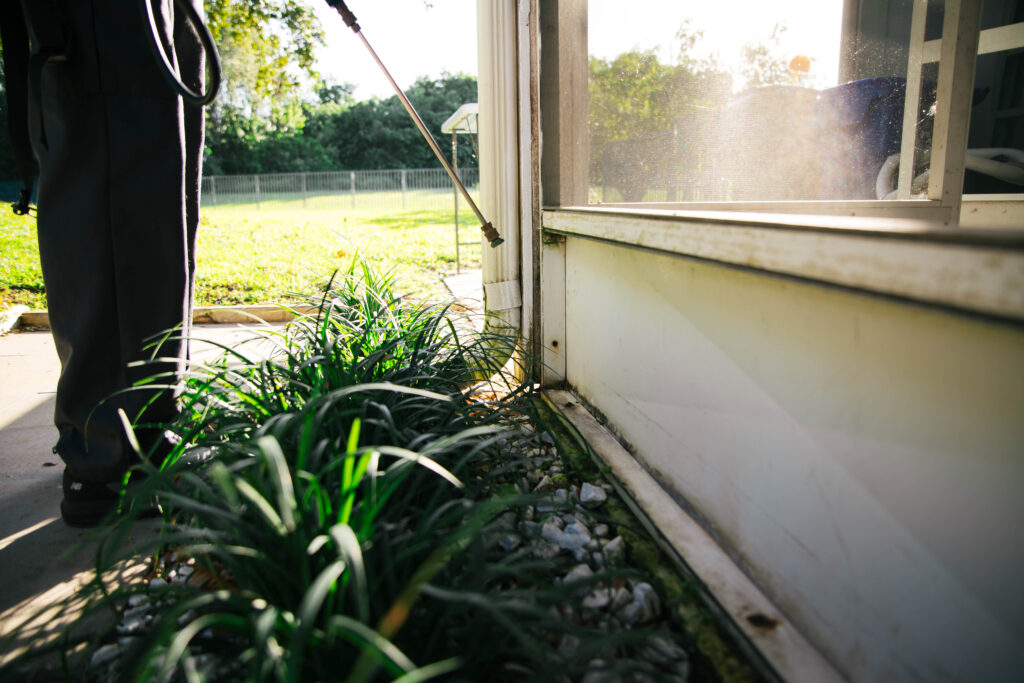
What About Seasonal Pest Control Costs?
Seasonality also affects how much pest control should cost. During warmer months, especially in places like Florida’s Treasure Coast, pests become more active and homes may require more frequent visits. Mosquitoes, ants, palmetto bugs, and even termites ramp up as temperatures rise. This often leads to greater demand for services—and slightly higher seasonal rates.
Scheduling a spring inspection or setting up a maintenance plan before peak season hits can help you lock in better pricing and avoid emergency visits.
Choosing a Local Pest Control Company
If you live in a coastal community like Vero Beach or elsewhere on Florida’s Treasure Coast, choosing a locally owned company offers added advantages. Local providers understand the regional pest behaviors, weather conditions, and construction styles that can influence infestations.
National chains may offer flat pricing, but local professionals are more likely to offer detailed evaluations and tailored service packages that suit your exact needs and environment. They’re also easier to reach and tend to prioritize service and accountability—after all, their reputation depends on your satisfaction.
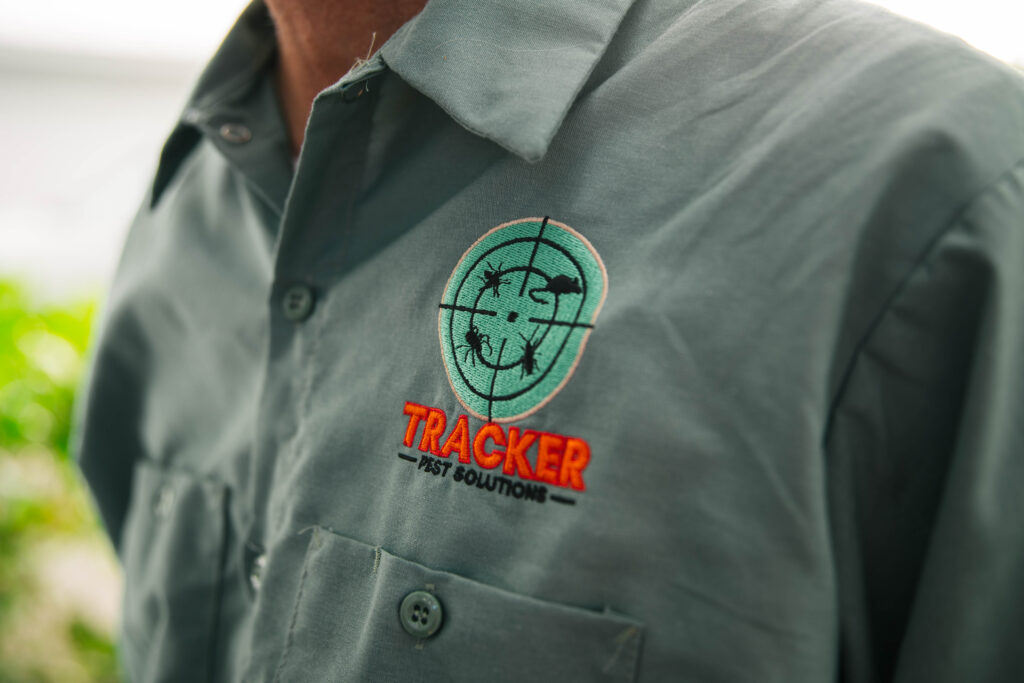
Get a Fair, Competitive Quote from Tracker Pest Solutions
If you’re located in Florida’s Treasure Coast and asking yourself how much should pest control cost, the answer doesn’t have to be complicated or overpriced. At Tracker Pest Solutions, we believe in delivering honest, dependable service backed by local expertise.
Our team offers fair and competitive pricing tailored to your property, your pest issue, and your comfort level. Whether you need a one-time treatment or year-round protection, we’ll provide you with an accurate quote and a clear plan of action—no surprises, just solutions.
Call today or request a consultation online to learn more and protect your home with confidence.